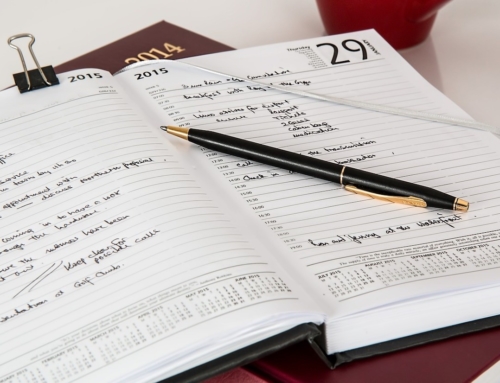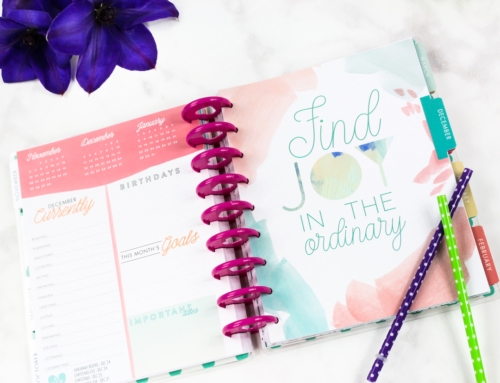There are all kinds of ways to stay on top of your finances. Some of those ways, unfortunately, cost money, which defeats the purpose of budgeting. However, you don’t have to spend a lot of money to get a handle on your finances. One of the cheapest ways is to use a bullet journal

Using a Bullet Journal to Stay On Top of Finances
This type of journaling system keeps all of your finances in one journal. This is where you can track everything from bill paying and money coming in. You can also look at your spending habits and learning how to save more money.
Include Your General Finance Information
You can start the financial part of your bullet journal by including some general information about your finances. Have this page be dedicated to the current state of your financial situation. Include what is in your bank and savings accounts, and just a brief summary of where you want to go from here.
View this post on Instagram
List some of your major debts and expenses, how much you earn and how often, and how much you are trying to save.
Track Every Cent You Spend
Your finance section should also have an area where you can track your spending on a daily basis. This is necessary so you know where your money goes and in what areas you might be able to cut back.
View this post on Instagram
Perhaps you find that you spend a good portion of your extra money on clothes, or going out for happy hour is costing a little too much. Just tracking what you spend and on what can make a drastic difference.
Create a Savings Plan
Part of tracking your finances in the bullet journal can be to start a savings plan. This might include saving for specific things, such as your child’s college fund, buying a new car, or starting a business.
View this post on Instagram
You can also have open-ended savings plans, such as wanting to save money for a 10-year plan you have in mind, or just saving for your retirement. It helps to first list your main expenses and what you currently spend. You should do this for a while so you can see exactly what the leftover money will be for your savings plan.
Separate Business and Personal Finances
If you run a business, make sure you are keeping your business and personal finances separate. This helps you to determine what money is spent on your personal situation and business responsibilities. It also helps to reduce combining work and personal stress.
Having separate bank accounts and separate funds for them is also highly recommended.
Have a few extra pages following the financial section of your bullet journal just in case you decide to add more later on.





[…] next part of recording your goals include any related to your job and finances, as well as a business you might be trying to start. These can be both short-term and […]